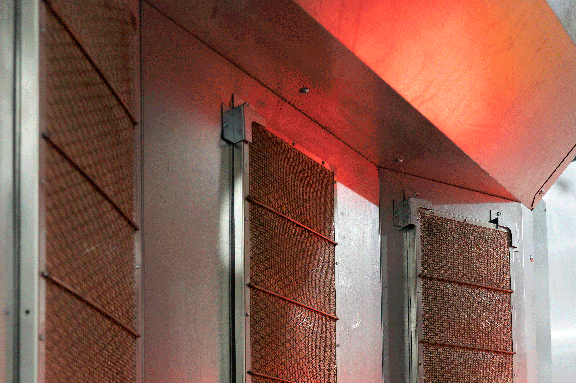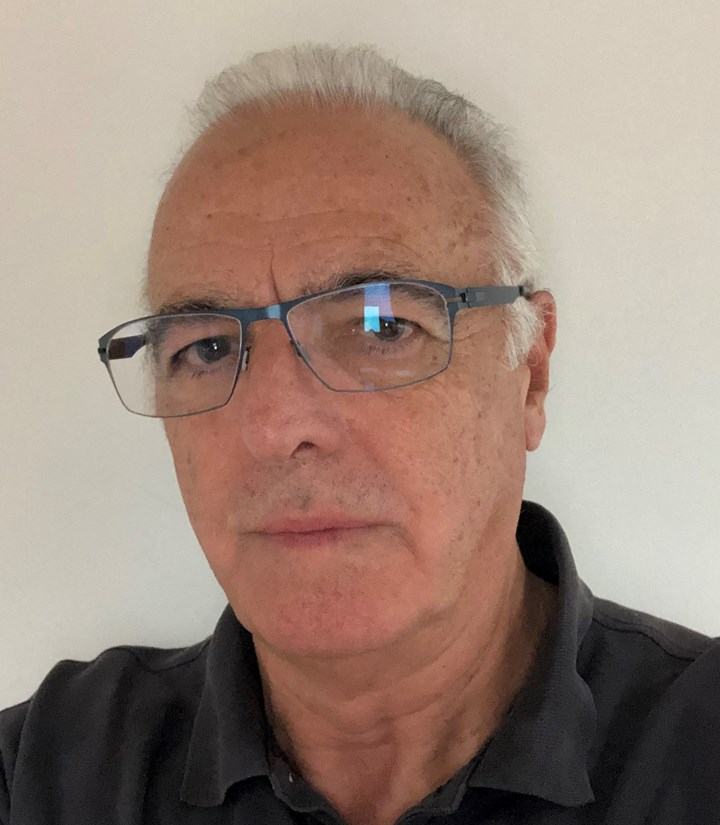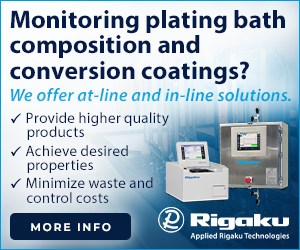Specialty Oven’s Hot Benefits and Other Questions Answered
Learn about the advantages of gas catalytic infrared pre-gel ovens in this article, including how they are energy efficient and can save users time and money when integrated into their existing systems.
Q: What are the advantages of a gas catalytic infrared (IR) pre-gel oven?
A: Increased energy efficiency, short production times, better coating quality, and versatility are some advantages of this oven. Because they emit multi-directional, longwave infrared radiation, the coated surface is evenly heated. This helps to set textured coatings and reduces the possibility of defects from airborne particles on glossy coatings. Controlling temperature and pre-curing conditions also helps to improve coating quality.
Q: How would this type of oven work with my existing system?
A: A pre-gel oven is designed to be integrated into existing production lines. They can be placed in front of a standard convection oven which speeds up the initial heating of the powder, causing it to flow before being transferred to the main oven for curing. This can either increase line speed for improved throughput or can shorten the main oven to free up floor space for other purposes.
Q. Is my operation too small to benefit from a pre-gel oven?
A. Absolutely not! The smaller your business, usually the less space you have. If you have a large convection oven, think of how much space you could create for other operations by reducing the footprint by 50%.
Q: How energy efficient are these specialty ovens? What role do the ovens play in sustainability?
A: These ovens use longwave infrared radiation to heat the coating material directly, resulting in minimal energy loss. Unlike traditional ovens, which heat the entire chamber, including the surrounding air, gas catalytic IR ovens focus on targeted heating, and not heating the air, which saves energy. By reducing curing and drying times and reducing energy consumption, these ovens help to reduce overall carbon footprint. Their energy efficiency and precise control also result in less waste and better coating quality, offering an environmentally friendly manufacturing process.
Q: How do these ovens affect production times?
A: When compared to traditional heating methods, gas catalytic IR ovens have a higher heat transfer efficiency. This enables rapid and uniform heating of coatings, resulting in shorter overall curing and drying times.

This image shows the heat panels inside a pre-gel oven. These ovens use longwave infrared radiation to heat the coating material directly, resulting in minimal energy loss. Unlike traditional ovens, which heat the entire chamber, including the surrounding air, gas catalytic IR ovens focus on targeted heating, and not heating the air, which saves energy. Photo Credit: WolfRayet
Manufacturers can shorten production cycles, meet tight deadlines, and boost productivity.
Q: What distinguishes these ovens from other types of ovens?
A: These ovens are suitable for a range of coating applications, including liquid paints and powder coatings. They are appropriate for a variety of substrates, including metal, plastic, wood and glass. Because of their adaptability, they are valuable in industries such as automotive, aerospace, furniture and electronics.
Q: How adaptable are these ovens in terms of design and installation?
A: They can be integrated into existing production lines or tailored to specific space constraints and production needs. Because of their small size and modular design, they are simple to install and relocate, giving businesses greater flexibility in optimizing manufacturing processes.
Q: Do gas catalytic IR ovens produce any pollutants?
A: Because there is no naked flame, there are less pollutants created. In fact, there are no nitrogen oxides (pollutants) produced, only carbon dioxide.
Q: What industries can benefit from gas catalytic IR pre-gel ovens?
A: These ovens are useful in a variety of industries, including automotive, aerospace, furniture, electronics, and others. They can cure and dry coatings on a variety of substrates, making them a versatile solution for a variety of manufacturing processes.
About the Author
Michael Chapman
Michael Chapman, former owner of Vulcan Catalytic Systems, is a leader in catalytic applications. He is now the chief technical officer for WolfRayet, which was formed in 2021 to further develop the application of powder coatings on engineered wood products and other heat sensitive substrates.
Related Content
IHEA Announces 2023-2024 Board of Directors
The Industrial Heating Equipment Association has announced its Board of Directors and Executive Officers for the coming year.
Read More‘Warming Up’ to the Truth about Ovens for Surface Treatment
Understanding the different types of oven heat technology for surface finishing, including how they work, and their advantages and disadvantages, can help determine the best heating solution for an application.
Read MoreWicket Ovens Making a Comeback
International Thermal Systems supplies curing ovens designed to cure coatings applied to one side of a tinplate, aluminum, or steel sheet.
Read MoreData Logger Helps Industrial Ovens Cut Energy Costs
Industrial Physics' encourages customers in the industrial coatings sphere to consider the energy saving properties of its oven logger kits.
Read MoreRead Next
How Not to Cure Powder on MDF
Mike Chapman, chief strategic officer at WolfRayet, an industrial oven provider for heat-sensitive substrates, discusses the correct procedures and common pitfalls when curing powder coating on MDF.
Read MoreWolfRayet Heats Up the Gas Catalytic IR MDF Powder Coating Market
WolfRayet offers gas catalytic powder coatings ovens and entire powder coating systems for medium-density fiber and heat-sensitive substrates.
Read MoreA ‘Clean’ Agenda Offers Unique Presentations in Chicago
The 2024 Parts Cleaning Conference, co-located with the International Manufacturing Technology Show, includes presentations by several speakers who are new to the conference and topics that have not been covered in past editions of this event.
Read More






















